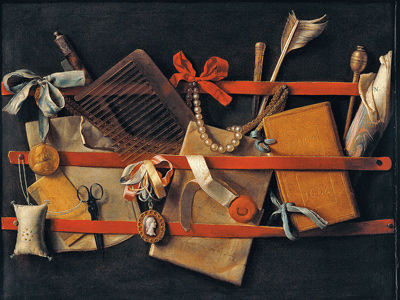
Art History
This Arts and Crafts quiz is called 'Art History' and it has been written by teachers to help you if you are studying the subject at elementary school. Playing educational quizzes is an enjoyable way to learn if you are in the 3rd, 4th or 5th grade - aged 8 to 11.
It costs only $12.50 per month to play this quiz and over 3,500 others that help you with your school work. You can subscribe on the page at Join Us
Studying arts and crafts is partly about learning new techniques, like shading or color mixing, and partly about learning about the historical development of art. Art forms have changed in many ways over time and historical influences have shaped the art forms we see today. This quiz is all about the course of this development.
Ready for more?
not all...
quizzers. Try to win a coveted spot on our Hall of Fame Page.







